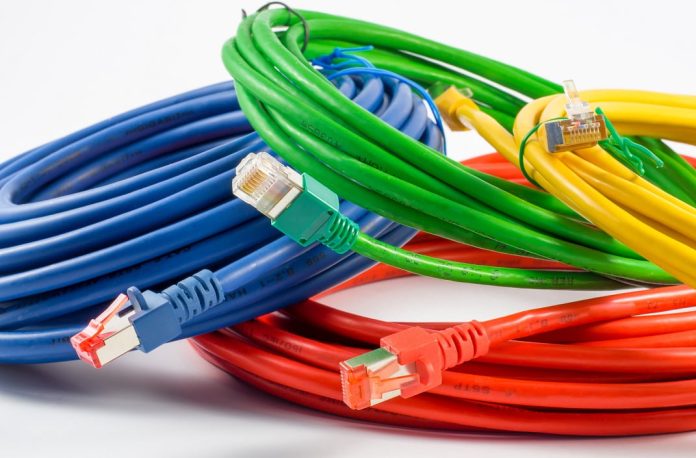Could you highlight in simple terms some of the challenges security installers face when handling networked security cabling?
A: Network cabling problems include signal loss or attenuation which occurs when cables that connect different parts of a network unravel at the ends, get bent too tightly in cable trays, are crushed, or are impacted on by RFI or EMI. Making this more challenging, problems may not arise until network loads reach a particular threshold.
Meanwhile, shorts occur when the wire conductor comes in contact with another conductive surface, changing the path of the signal so it doesn’t reach the receiving end of a loop. You use cable testers to hunt for things like cut cables, incorrect cable connections, cable shorts, EMI and RFI interference. Techs should pay attention to connectors – they are more of a fiddle than they look. Connectors may be built poorly or water may get into RJ45 plugs and short them across positive and negative pins – you’ll see a characteristic black stain on the plug when this happens – if the event is recent you’ll be able to smell it.
Connectivity problems between one or more devices in a network can occur after a change is made in configuration or if there’s a malfunction in a connectivity component, such as hub, a router or a switch. A giveaway is when things don’t work after you added some software or a new hardware component. It gets more complicated the larger the network is and on really big networks there will be areas of potential fault that will have nothing to do with you. Keep your security subnets tidy and be sure you incorporate some sort of management facility into the monitoring end.
There might also be excessive network collisions leading to slow connectivity. The problem can occur as a result of bad network setup/plan, a user transferring a lot of information, heavy traffic in a growing business, or a jabbering network card stuck in transmit mode.
No matter what issues you face with cabling, the biggest issues will be in software. Problems are usually tracked back to DNS configuration, WINS configuration, IP address issues and the registry. Config issues are a righteous pain. In a worst case scenario you’ll have to get network people in to sort things out. Some issues will be complex, others come down to simple things like duplicate IP addresses, where 2 machines are inadvertently set up to use the same IP. The result is always intermittent communication – half the time it’s perfect, the rest of the time it’s slow or interrupted.
Discovering these and other issues in a complex networked solution can be time consuming and will test the patience of integrator and end user.
#securityelectronicsandnetworks.com









